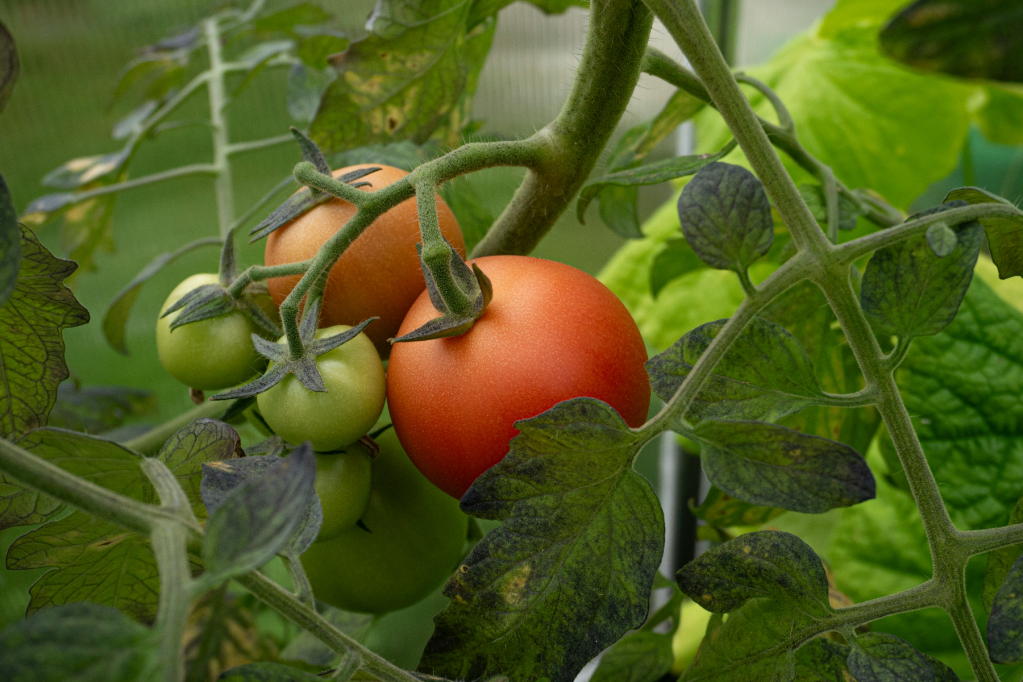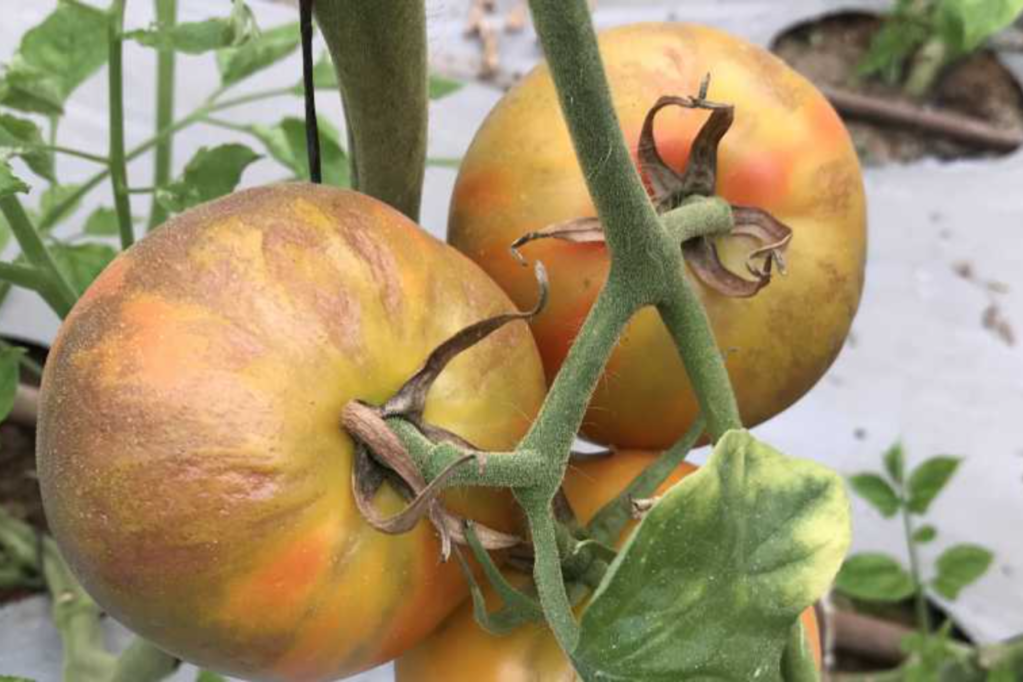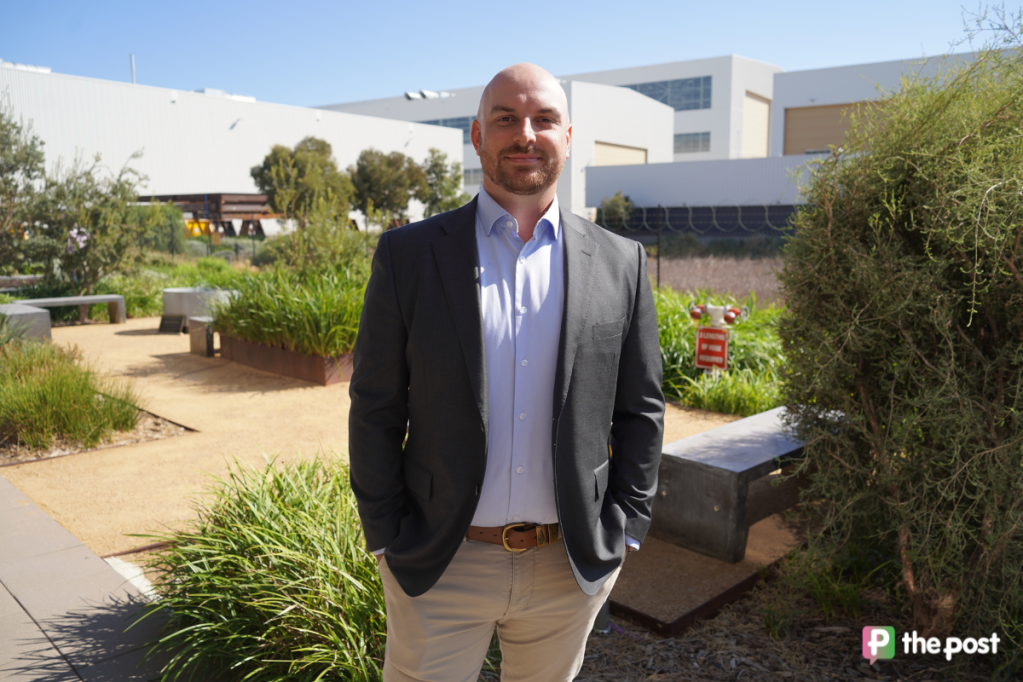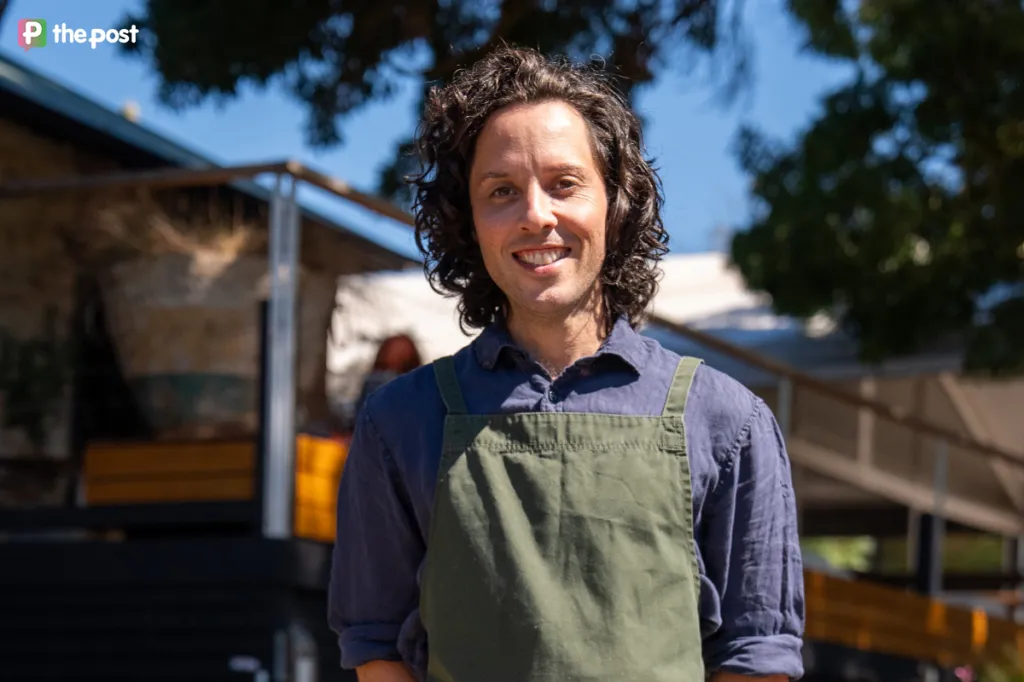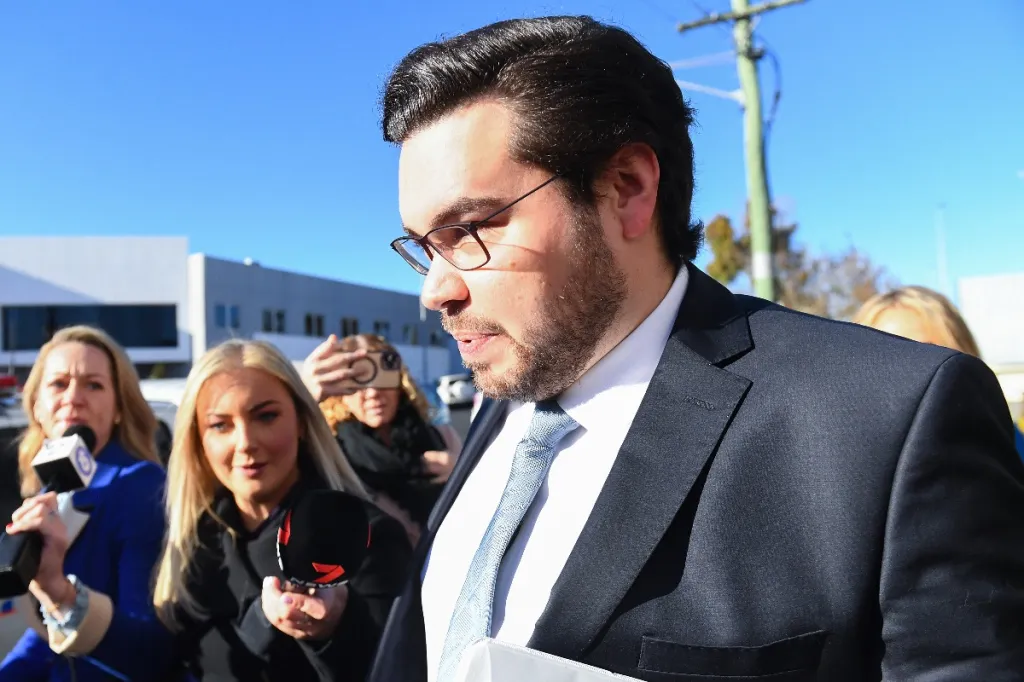Workers stood down, SA tomato growers on hold amid virus outbreak
Hundreds of workers have been stood down from three northern Adelaide tomato producers – including Australia’s largest – as the state government responds to a damaging tomato virus outbreak.
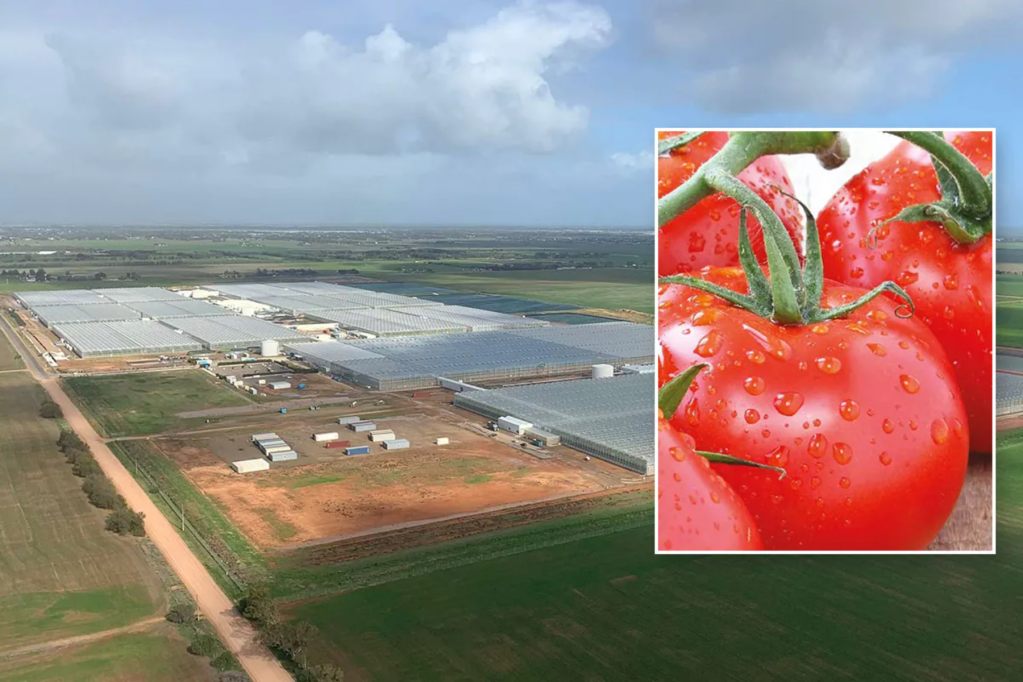
Premier Peter Malinauskas and Primary Industries Minister Clare Scriven announced a short time ago that Perfection Fresh – a large glasshouse operation at Two Wells – has been closed as a quarantine response to the outbreak first discovered last month.
It is understood just under 500 workers were employed at Perfection Fresh.
The government said two other companies have also been shut down: Gawler River Tomatoes and SA Tomatoes. It is understood the shutdown will last for a few weeks.
More than 2500 tests were carried out at the three businesses which showed the virus had spread further in the three properties than initially thought, prompting the shutdowns.
The state government is giving assistance to affected workers many of whom are migrant workers via a new task force helmed by the Department of Primary Industries and Regions.
The task force will also destroy crops and manage a clean-up and disinfection effort which is “likely to need a significant number of workers and may provide opportunities for impacted workers”, according to the state government.
Perfection Fresh says its Two Wells glasshouse is the largest in the Southern Hemisphere at 43 hectares. It specialises in indoor-grown tomatoes, as well as other fruits and vegetables.
Premier Peter Malinauskas said the Perfection Fresh operation was “the biggest” of the three “by some large margin” and is the “biggest producer of tomatoes in the country”.
You might like

Premier Peter Malinauskas announced the measures at a press conference today. Photo: Isabella Kelly / InDaily
Tomato brown rugose fruit virus (ToBRFV) was detected at two properties in the Northern Adelaide plains, the Department of Primary Industries and Regions said at the time.
ToBRFV is a highly contagious exotic virus that affects tomatoes, capsicums and chillies, and is regarded as a “considerable threat” to Australia’s $5.8 billion vegetable industry.
It leaves fruits with brown wrinkled spots, deformations and uneven ripening, impacting their yield and marketability. Plants may present mosaic patterns and yellowing and deformed leaves, though PIRSA said symptoms present differently in different plant varieties.
It has been known to infect up to 100 per cent of a crop, with yield losses between 25 to 70 per cent reported from outbreaks around the world, according to the United Kingdom’s Department for Environment Food and Rural Affairs.
The virus causes no known impacts on human health.
After the discovery of the virus, Queensland, Western Australia and New Zealand restricted South Australian tomato imports.
A third case of the contagious virus was detected at a third property in September, and later this month Western Australia widened its ban on South Australian tomatoes, while New Caledonia became the second country to introduce export restrictions.
“The objective here is to contain the virus and then seek to eradicate it,” the Premier said.
Stay informed, daily
“That may or may not be possible but where we have the chance to achieve it, we simply must go for it, and that’s what we’re doing by taking this significant action.”
Director of Plant and Invasive Species Biosecurity at PIRSA Nick Secomb said the level of disease “warrants further attention”.
“This is something that we will be considering at a national level,” Secomb said.
“I think the important thing to mention is that by making decisions like this, which aren’t taken widely, we have the opportunity now to show confidence that we have this disease contained.
“Then we can get on the front foot and eradicate and disinfect the facilities in which it’s known to occur so none of the fruit can leave the properties. It has to be destroyed.”

Director of Plant and Invasive Species Biosecurity at PIRSA Nick Secomb. Photo: Isabella Kelly / InDaily
Secomb said the capsicum and tomato growing industry in South Australia was worth about $230 million annually.
“It’s a really big and important industry for South Australia,” he said.
“These three businesses combined would be less than 10 per cent of that industry. So it’s still a significant cost and a significant impact on these businesses but we take these measures with a wider industry in mind.”
Scriven said she understood “that the particular company would like to see an alternative pathway at the moment”, but “this is the right path for us to take”.
“What we have is the best shot at eradicating the disease, and that will be the best outcome for South Australian tomato growers and for national tomato growers and for consumers,” she said.
Most tomato production in Australia takes place in South Australia and Victoria, according to the Australian Horticulture Statistics Handbook of 2022 – 2023.
The handbook said South Australia produced 18 per cent of Australia’s fresh tomatoes in 2022-23, second only to Victoria, which produced 47 per cent.
The South Australian tomato industry was valued at $179.8 million, with 57,970 tonnes produced.
